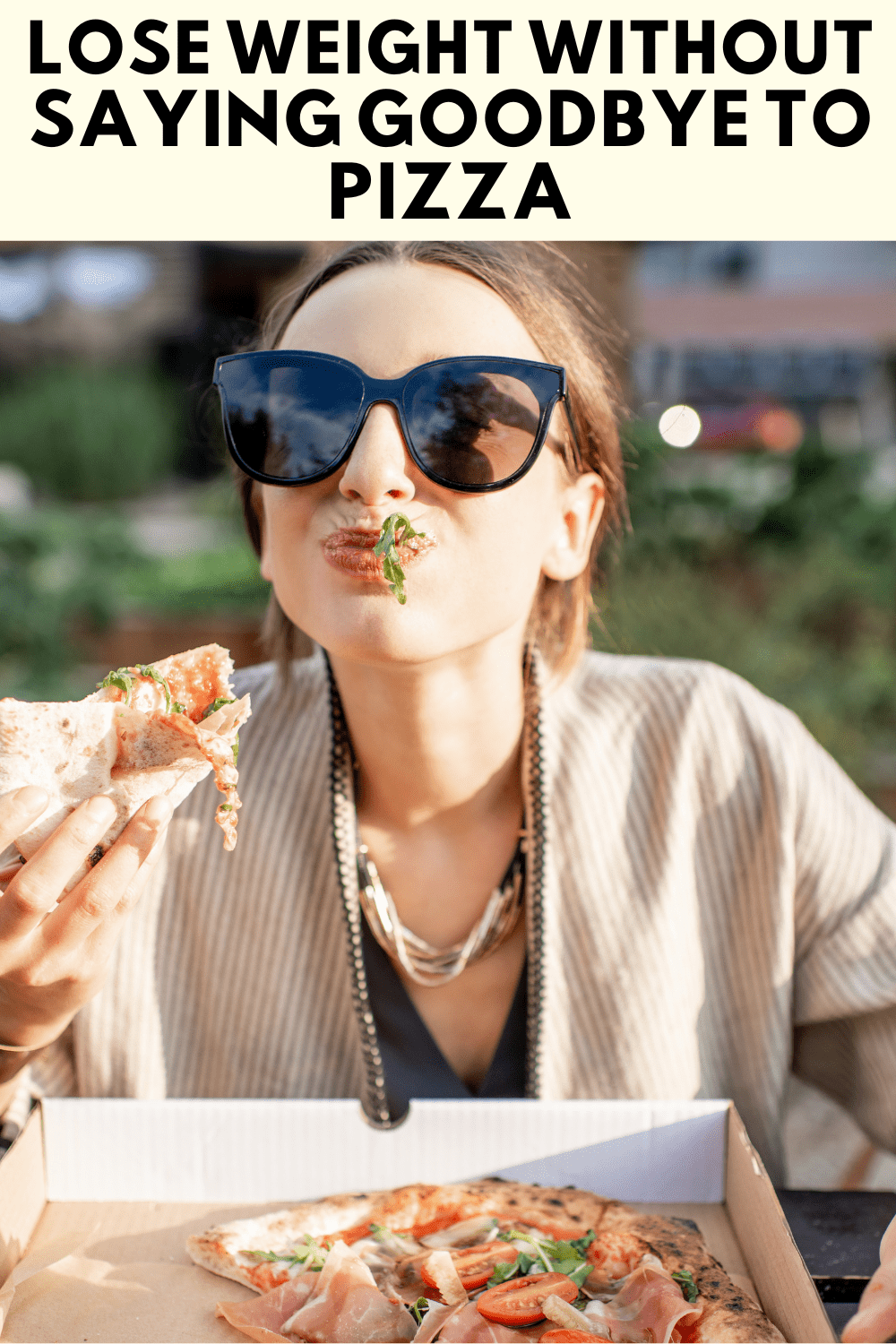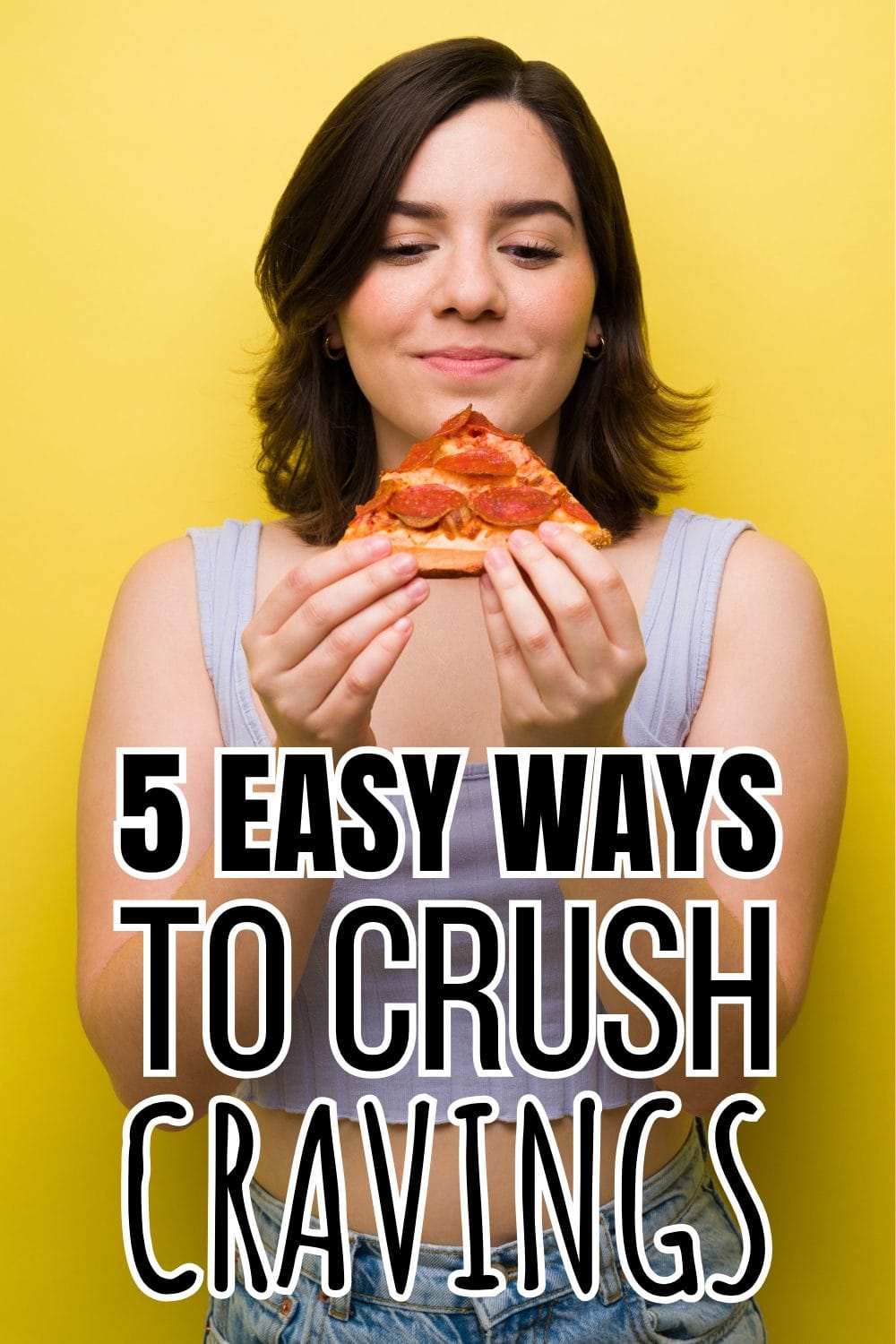
Slimming down can be a challenge, and abandoning your favorite foods may seem insurmountable. So, losing weight by giving up your favorite foods? Unthinkable! After all, your favorite foods are your favorite for a reason.
If shedding pounds means leaving behind your beloved foods, how can you lose weight if you can’t even start? Well, research suggests it may be possible to achieve your goals without such a heavy sacrifice. Here are a few tips for losing weight while still enjoying your favorite foods:
Drink water regularly
Drinking water regularly can be a miracle worker for weight loss, simply by helping your body function as it should. This simple change can help you eat less and lose weight naturally. Research shows that drinking water half an hour before meals can help reduce hunger and improve digestion. This is because water helps to fill your stomach, making you feel fuller, and it also helps to break down food more efficiently.
In addition to its role in weight loss, water also plays a vital role in overall health and well-being. It helps to flush out toxins and waste products from the body, regulate body temperature, and transport nutrients to cells. Water also helps to lubricate joints and protect organs.
Don’t skip meals.
Skipping meals is a common mistake that people make when trying to lose weight, but it can actually counter your goals. When you skip meals, your blood sugar levels drop, which can lead to hunger pangs, cravings, and overeating later in the day. Skipping meals can also disrupt your metabolism and make it harder to lose weight.
Instead of skipping meals, it is better to eat regular meals and snacks throughout the day. This will help to keep your blood sugar levels stable and your appetite under control.
Protein – rich foods
Protein is an essential macronutrient that plays a vital role in weight loss. It helps to reduce hunger, boost metabolism, and improve digestion. When you eat protein, your body releases hormones that signal fullness, such as GLP-1 and PYY. This can help you eat less and reduce your overall calorie intake.
In addition, protein helps to build and repair muscle tissue. Muscle tissue is metabolically active, meaning that it burns calories even at rest. The more muscle mass you have, the more calories you will burn throughout the day.
Protein also helps to improve digestion. It helps to break down food and absorb nutrients more efficiently. This can help you lose weight by ensuring that your body is getting all the nutrients it needs without storing any excess calories as fat.
Walk, walk and walk!
Walking is a simple and effective way to burn calories and lose weight. It is also a low-impact activity that is easy on your joints, making it a good option for people of all fitness levels.
To lose weight, you need to create a calorie deficit, which means burning more calories than you consume. Walking is a great way to do this, as it burns calories without putting too much stress on your body.
According to the Centers for Disease Control and Prevention (CDC), a person weighing 154 pounds can burn about 140 calories by walking at a moderate pace for 30 minutes. This means that you could burn up to 280 calories by walking for an hour a day.
Of course, the more you walk and the faster your pace, the more calories you will burn. However, even if you can only walk for a few minutes each day, it will still benefit your weight loss efforts.
In addition to burning calories, walking also has a number of other health benefits. It can improve your cardiovascular health, reduce your risk of chronic diseases, and strengthen your bones and muscles. Walking can also help to improve your mood, reduce stress, and boost your energy levels.
If you are new to walking, start slowly and gradually increase the duration and intensity of your walks over time. It is also important to wear comfortable shoes and to stay hydrated.
Build lean muscle.
Building lean muscle is one of the best things you can do for long-term weight loss. Lean muscle has a higher metabolic rate than fat, which means that it burns more calories at rest. This means that the more lean muscle you have, the more calories you will burn throughout the day, even when you are not exercising.
In addition, building lean muscle can help you to lose weight by reducing your appetite and increasing your satiety. When you eat protein, your body releases hormones that signal fullness, such as GLP-1 and PYY. This can help you eat less and reduce your overall calorie intake.
Building lean muscle can also help you to improve your body composition. Body composition is the percentage of fat and muscle mass in your body. When you have a higher percentage of muscle mass, you will have a lower percentage of body fat. This can lead to a leaner, more toned physique.
To build lean muscle, you need to engage in resistance training activities, such as weightlifting or bodyweight exercises. Resistance training puts stress on your muscles, which causes them to break down. When your muscles repair themselves, they become stronger and larger.
You also need to eat a healthy diet that is high in protein. Protein is essential for building and repairing muscle tissue. Good sources of protein include lean meats, poultry, fish, eggs, dairy products, legumes, nuts, and seeds.
Fitness tracker.
A fitness tracker is a great way to stay motivated and on track with your weight loss goals. Fitness trackers can track a variety of metrics, including steps taken, distance traveled, calories burned, and sleep quality. This data can help you to identify areas where you can improve your fitness and make healthier choices.
Many fitness trackers also offer challenges and gamification features to help you stay motivated. For example, you may be able to compete against your friends to see who can take the most steps in a day or week. Or, you may be able to earn badges for completing certain fitness goals.
Fiber-rich foods.
Fiber-rich foods are an essential part of a healthy diet, and they can also be helpful for weight loss. Fiber is a type of carbohydrate that the body cannot digest. It passes through the digestive system largely intact, and helps to bulk up stool and keep the digestive system healthy.
Fiber-rich foods can help you lose weight in a few ways. First, they can help you feel fuller longer. When you eat fiber-rich foods, the fiber absorbs water and forms a gel in your stomach. This gel slows down the digestion and absorption of food, which can help you feel fuller longer and reduce your overall calorie intake.
Second, fiber-rich foods can help to reduce your appetite. Fiber helps to regulate the levels of hormones that control appetite, such as ghrelin and leptin. When you eat fiber-rich foods, your body releases less ghrelin, which is the hormone that makes you feel hungry. And fiber helps to increase levels of leptin, which is the hormone that makes you feel full.
Third, fiber-rich foods can help to boost your metabolism. Metabolism is the rate at which your body burns calories. Fiber-rich foods can help to boost your metabolism by increasing the number of calories that your body burns during digestion.
Eat without electronic distractions.
Eating without electronic distractions is one of the simplest and most effective ways to reduce your calorie intake and lose weight. When you eat while distracted, you are less likely to pay attention to your hunger and fullness cues, and you are more likely to overeat. This is because distraction can impair your ability to process sensory information, including the taste, texture, and smell of your food.
A study published in the journal Appetite found that people who ate while watching TV consumed 174 more calories than those who ate without distraction. Another study, published in the journal Eating Behaviors, found that people who ate while using electronic devices were more likely to snack later in the day.
Yoga.
Yoga is a mind-body practice that has been shown to have a number of health benefits, including weight loss. Yoga combines physical postures, breathing exercises, and meditation to improve flexibility, strength, balance, and overall well-being.
Yoga can help you lose weight in a number of ways. First, it is a low-impact exercise that burns calories. A study published in the journal Obesity found that people who practiced yoga for 12 weeks burned more calories at rest and during exercise than those who did not practice yoga.
Second, yoga can help to reduce stress. Stress can lead to unhealthy eating habits and weight gain. Yoga has been shown to reduce stress levels and improve mood, which can help you to make healthier choices and lose weight.
Third, yoga can help to improve body composition. Body composition is the percentage of fat and muscle mass in your body. Muscle tissue burns more calories than fat tissue, so having a higher percentage of muscle mass can help you to lose weight and keep it off. Yoga can help to improve body composition by building lean muscle mass and reducing body fat.
Eat slowly and mindfully.
Eating slowly and mindfully is a practice that can help you lose weight, improve your digestion, and increase your enjoyment of food. When you eat slowly and mindfully, you take the time to savor each bite and appreciate the flavor, texture, and aroma of your food. You also pay attention to your hunger and fullness cues, which can help you avoid overeating.
Using smaller plates.
Using smaller plates is a simple but effective trick that can help you eat less and lose weight. When you use a smaller plate, your eyes are tricked into thinking that you have more food on your plate, even if you have the same amount of food as you would on a larger plate. This is because our brains use the size of our plate as a visual cue to determine how much food we have eaten.
A study published in the journal PLOS ONE found that people who ate meals on smaller plates consumed an average of 22% fewer calories than those who ate meals on larger plates. The study participants were all served the same amount of food, but the participants who ate on smaller plates reported feeling more satisfied with their meals.
Another study, published in the journal Obesity, found that using smaller plates was just as effective for weight loss as calorie counting. The study participants were all instructed to lose weight, but half of the group was also instructed to use smaller plates. At the end of the 12-week study, the participants who used smaller plates lost an average of 10 pounds, while the participants who did not use smaller plates lost an average of 8 pounds.
Using smaller plates is a simple way to reduce your calorie intake and lose weight. It is also a sustainable habit that you can stick to for the long term.
Serving unhealthy foods in red plates.
Using red plates to serve unhealthy foods has been shown to be an effective way to reduce appetite and weight. This is likely because the color red is associated with danger and prohibition in our brains. When we see food on a red plate, our brains may send us signals to stop eating, even if we are not full.
A study published in the journal Appetite found that people who ate meals from red plates consumed an average of 13% fewer calories than those who ate meals from white plates. The study participants were all served the same amount of food, but the participants who ate from red plates reported feeling more full after their meals.
Another study, published in the journal Environment and Behavior, found that using red plates to serve unhealthy snacks was more effective at reducing snack intake than using green or blue plates. The study participants were all given a bowl of unhealthy snacks, such as chips and cookies. The participants who were given red bowls ate an average of 22% fewer snacks than the participants who were given green or blue bowls.
Using red plates to serve unhealthy foods is a simple way to reduce your calorie intake and lose weight. It is also a sustainable habit that you can stick to for the long term.
Resources
- A study published in the journal The American Journal of Clinical Nutrition found that people who skipped breakfast were more likely to be overweight or obese than those who ate breakfast regularly.
- A study published in the journal Obesity found that skipping meals can lead to overeating later in the day, and can also disrupt metabolism.
- A study published in the journal Obesity found that people who drank 500 ml of water before meals lost 44% more weight than those who did not drink water before meals.
- A study published in the journal Frontiers in Nutrition found that drinking water regularly can help to reduce hunger and cravings, and can also boost metabolism.
- A study published in the journal The American Journal of Clinical Nutrition found that people who consumed a high-protein diet lost more weight and kept it off better than those who consumed a low-protein diet.
- A study published in the journal Obesity found that protein helps to reduce hunger and boost metabolism, both of which can help with weight loss.
- A study published in the journal The New England Journal of Medicine found that people who walked for 30 minutes a day lost more weight than those who did not exercise.
- A study published in the journal Obesity found that walking helps to burn calories and improve body composition.
- A study published in the journal The Journal of Strength & Conditioning Research found that people who built lean muscle mass lost more weight and kept it off better than those who did not.
- A study published in the journal Obesity found that lean muscle mass has a higher metabolic rate than fat, which means that it burns more calories at rest.
- A study published in the journal PLOS One found that people who used a fitness tracker were more likely to lose weight and keep it off than those who did not.
- A study published in the journal Obesity found that fitness trackers can help people to stay motivated and on track with their weight loss goals.
- A study published in the journal Annals of Internal Medicine found that people who consumed a high-fiber diet lost more weight and kept it off better than those who consumed a low-fiber diet.
- A study published in the journal Obesity found that fiber helps to reduce hunger and boost metabolism, both of which can help with weight loss.
- A study published in the journal Appetite found that people who ate while watching TV consumed 174 more calories than those who ate without distraction.
- A study published in the journal Eating Behaviors found that people who ate while using electronic devices were more likely to snack later in the day.
- A study published in the journal Obesity found that people who practiced yoga for 12 weeks burned more calories at rest and during exercise than those who did not practice yoga.
- A study published in the journal The Journal of Alternative and Complementary Medicine found that yoga helps to reduce stress and improve mood, both of which can help with weight loss.
- A study published in the journal Consciousness and Cognition found that people who ate slowly and mindfully consumed less food and enjoyed their meals more than those who ate quickly and without paying attention.
- A study published in the journal Obesity found that eating slowly and mindfully can help people to lose weight and keep it off.
- A study published in the journal Food Quality and Preference found that people who ate from smaller plates consumed less food than those who ate from larger plates, even when they were given the same amount of food.
- A study published in the journal Obesity found that using smaller plates can help people to lose weight and keep it off.











